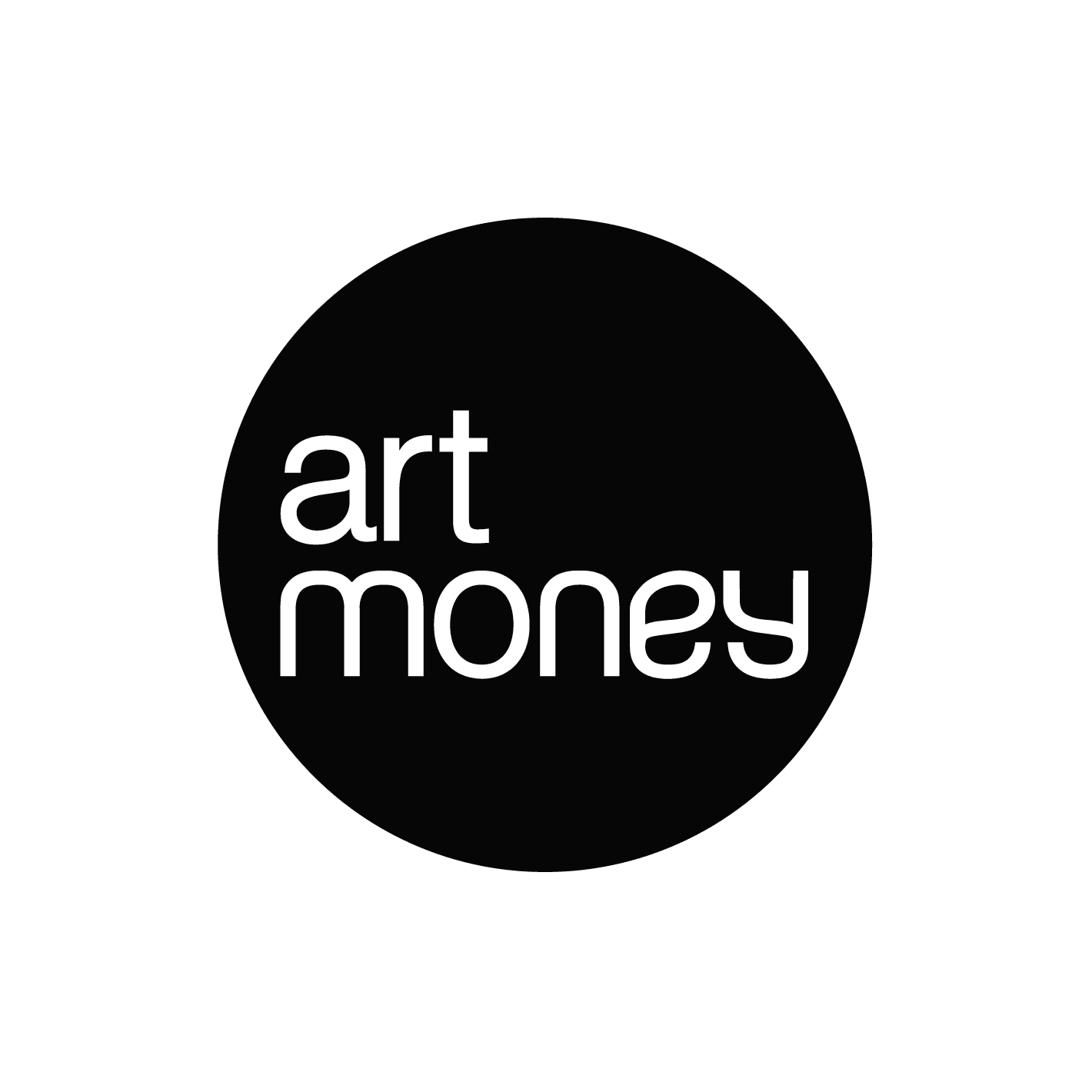Enzo Marra’s artistic practice is shaped by process, observation, and an evolving experimentation between material and subject. Growing up with an Italian heritage, his early exposure to visual culture was not through galleries but through religious iconography—images of saints and Madonnas that surrounded him at home. These images, along with formative visits to Italy, where he absorbed the architecture and the dramatic landscapes, left a lasting impression. Marra's understanding of visual culture developed instinctively, not from formal art education but from his surroundings, the accumulation of images becoming a kind of subconscious archive. This engagement with looking—at structures, at historical imagery, at the relationship between figure and environment—became the foundation of his approach to painting.
His formal studies at Reading University and later at the University of Brighton further shaped his practice, introducing him to key mentors like Stephen Buckley, a painter whose work explored abstraction, and Peter Kalkhof, known for his geometric precision. At Brighton, he even took a break from painting entirely, focusing instead on text-based works before returning to oil painting with a renewed perspective. His training was rooted in an environment that encouraged both material experimentation and intellectual inquiry, factors that remain central to his practice today.
Painting as Investigation
Marra’s work is about finding presence in the act of painting itself. His paintings do not start with precise plans but emerge through a process of rapid sketching, often in biro or graphite, before moving to ink and watercolour studies. Only then do they evolve into oil paintings. This gradual process allows him to build an image organically, letting intuition guide the composition rather than imposing strict formal constraints. “I am in the process of trying to visualise the mental state of artists and the world they inhabit,” he has noted, underscoring the psychological weight his figures and settings often carry.
While early in his career he worked with imagery of well-known artists such as Auerbach and Beuys—figures immediately recognisable in art history—his work has since evolved to incorporate more personal and universal themes. His paintings explore the environments artists work within, whether they are established or emerging, famous or unknown. In doing so, he questions the romanticisation of the artist-genius and instead presents the artist’s space as a site of labour, contemplation, and struggle.
Texture, Materiality, and Gesture
Marra’s paintings are deeply physical. His surfaces are built up in layers, his brushwork remaining visible and assertive. He does not seek illusion or polish, but rather a sense of presence—where the marks of his process are left intact. The influence of painters like Leon Kossoff and Frank Auerbach is evident in his use of texture and his preference for raw, gestural immediacy over refined finish. He also speaks of a deep admiration for the work of Mario Sironi, whose heavy, sculptural forms resonate with his own approach to composition and weight.
Throughout his career, he has worked across different scales, always seeking to keep his practice in motion. When painting becomes too comfortable or predictable, he disrupts it—switching between oils, enamels, and acrylics, changing palettes, or adjusting the scale of his works to keep the process alive. He has spoken of the importance of pushing against artistic complacency: “If it’s boring for me, no one’s going to want to look at it.”
Interrogating the Art World
Beyond materiality, Marra’s paintings serve as a quiet but persistent critique of the structures of the art world itself. His series of works depicting artists in their studios is as much about the mythology of the artist as it is about the reality of their practice. He moves between historical and contemporary subjects, making no distinction in terms of scale or grandeur. For him, the act of making is the unifying thread across time and status.
Marra has also explored the art world’s fixation on value and commerce. His painting referencing Munch’s Scream—in which he titled the work with the exact amount ($74,000,000) the piece had sold for at auction—calls attention to the way art is often reduced to monetary worth. In an industry increasingly driven by market forces, he asks: Is value dictated by the intensity of the brushstroke, or by the price tag attached to it?
Chasing the Perfect Moment
For all of its conceptual grounding, Marra’s work is ultimately about the pursuit of something personal and elusive—that rare moment when a painting simply works. “Every year or so you will do a painting where you will just get a weird high from doing that one painting,” he has said. “And the rest of the day nothing will irritate you because you did that painting and it is perfect.”
It is this search for that rare alignment of intention, execution, and emotional weight that keeps him painting. His work resists over-explanation; it does not seek to illustrate a fixed idea but instead captures something more ephemeral—the feeling of making, the presence of the painter in the act of creation.
An Ongoing Exploration
Marra’s career has spanned major exhibitions including the John Moores Painting Prize at the Walker Art Gallery, The Threadneedle Prize at London’s Mall Galleries, and Contemporary Masters From Britain in China. His works have been shown internationally in New York, Barcelona, Amsterdam, and Greece. Yet, despite this recognition, his process remains rooted in the same restless exploration that first drew him to painting. His practice is not about finality but about keeping the act of looking, making, and questioning alive.
His paintings do not seek easy answers. They sit in the space between figuration and abstraction, between form and dissolution. They demand attention and close inspection. Once seen, they stay with you, lingering in the mind like an unresolved thought, a question still waiting to be answered.

